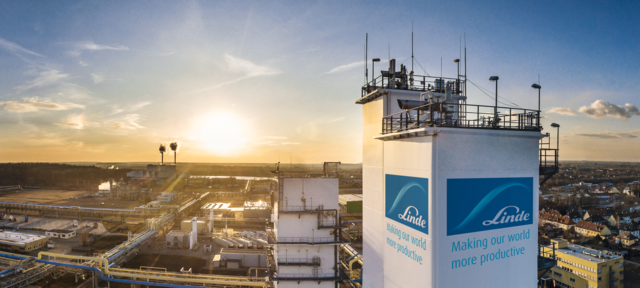Ageing coldbox gets a makeover

Revamp or rebuild from scratch? A decision often faced by plant and maintenance managers of ageing industrial plants as asset performance starts to slip. And one that chemicals giant BASF can well relate to. At its biggest chemicals site in Ludwigshafen, Germany, BASF had to decide whether to revamp or rebuild an air separation coldbox. The experts from LINDE PLANTSERV ® helped BASF find the optimum solution – thanks to their long-standing know-how and wealth of experience. In record time, they managed to return the coldbox to peak operating condition.